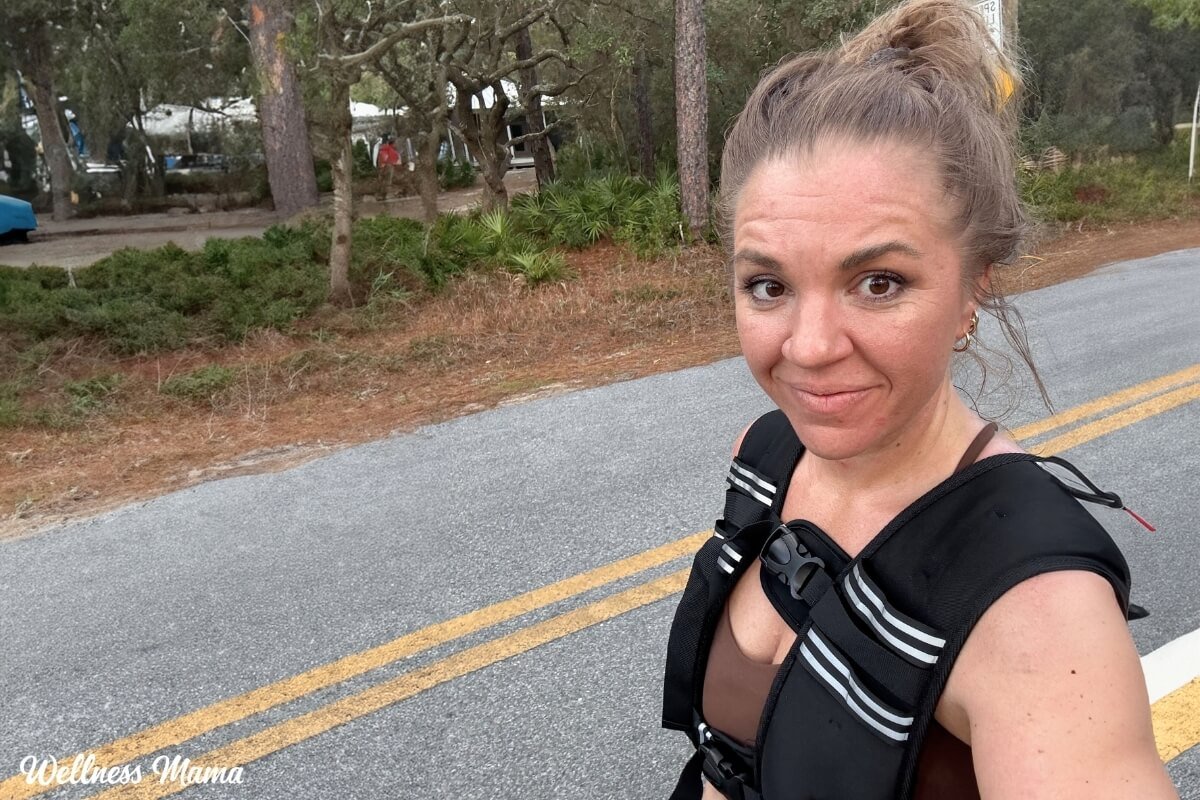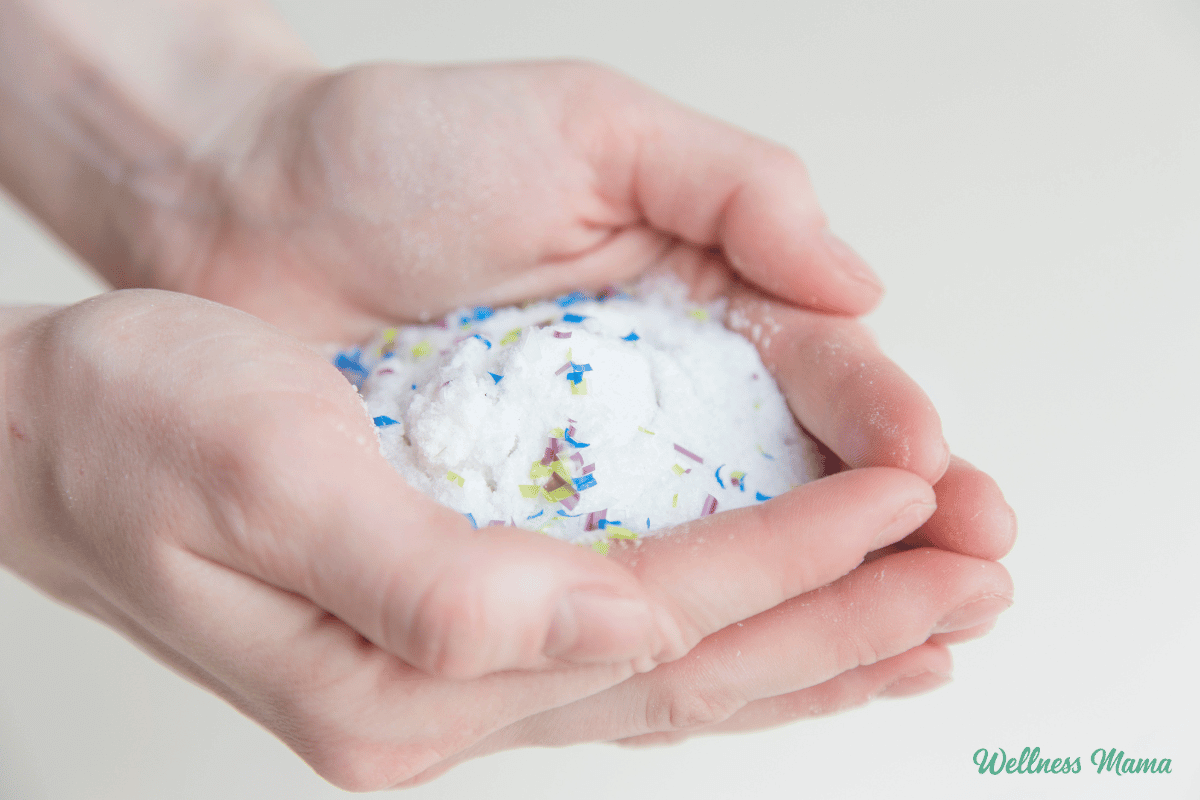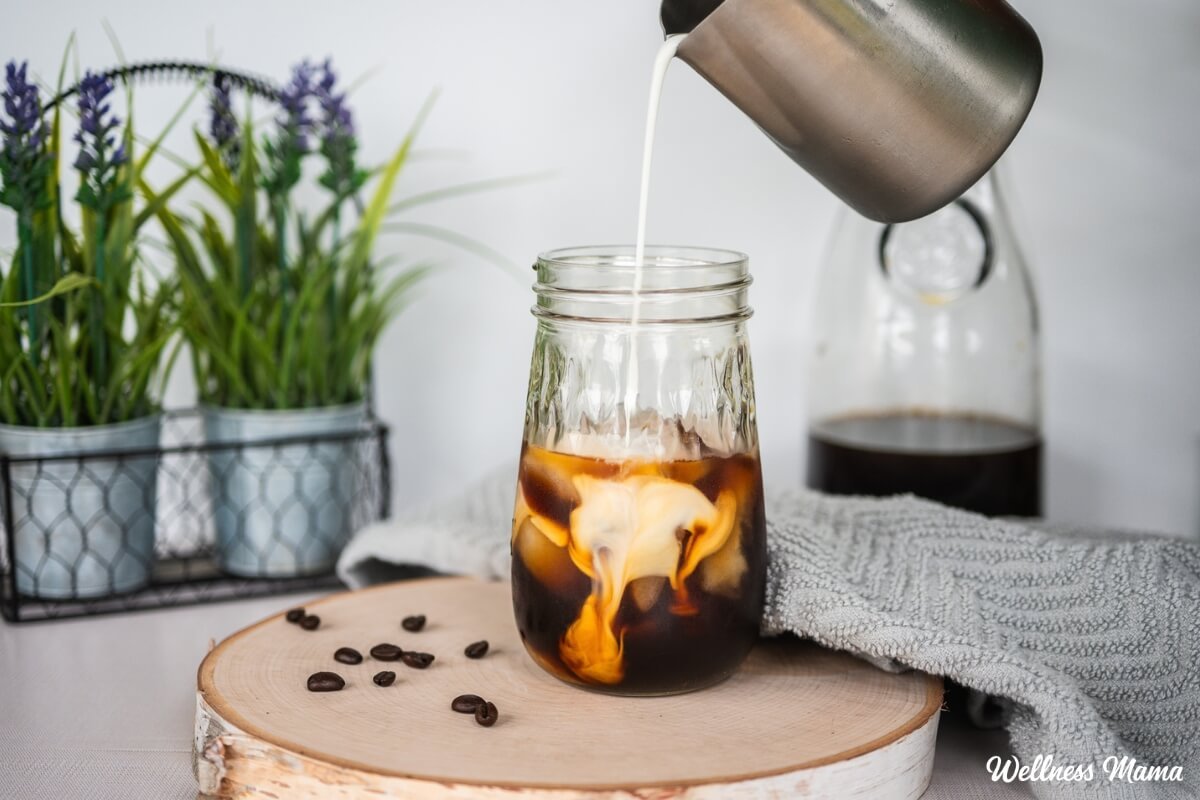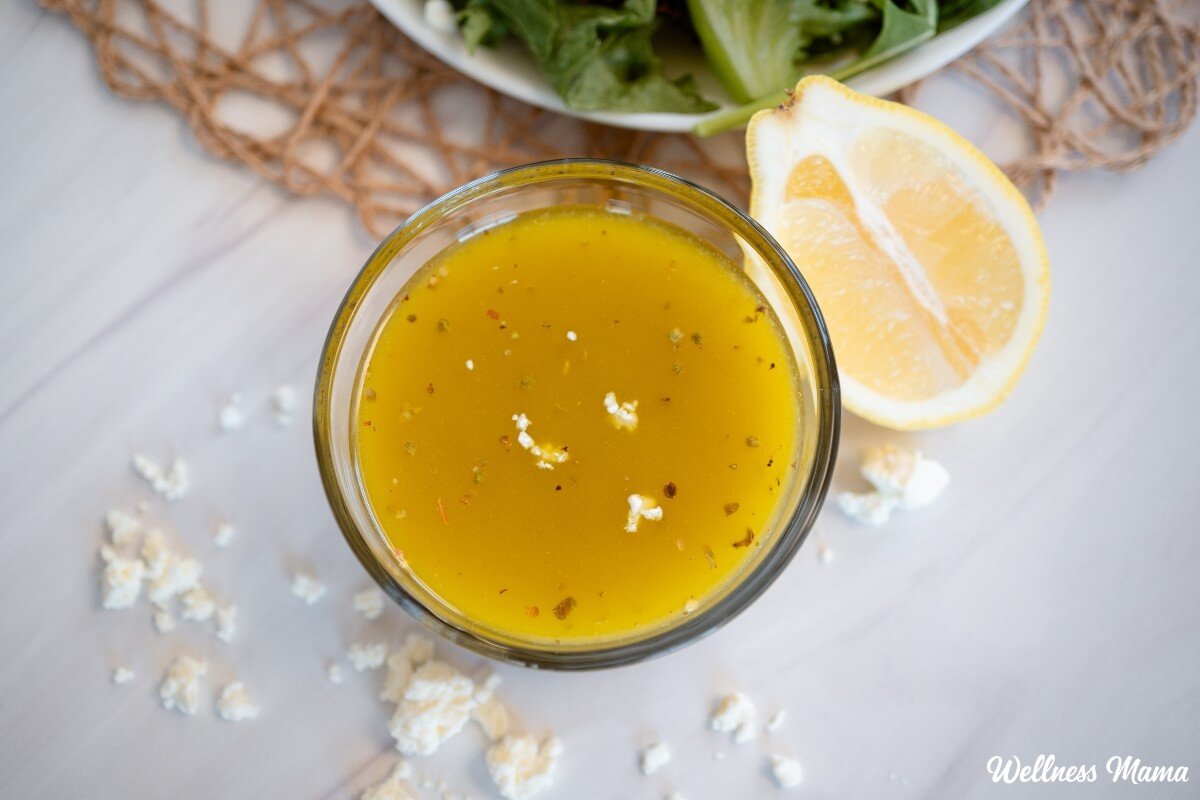Every year and with each new generation, fresh trends emerge. Often, these trends are simply a revival of previous ones (nothing is truly novel…). In this article, I’ll highlight the health trends I anticipate for 2025, discuss if they’re worth your attention, and suggest ways to incorporate them.
A lot of these trends are really about getting back to the fundamentals of health!
Though I don’t usually jump on the latest trends, I’m optimistic about what I’ve observed this year. More individuals are striving to befriend their bodies and nurture them sustainably. You might notice these wellness trends gaining popularity on social media and even in the news.
1. Emphasizing Minerals
The first health trend I expect is a deeper appreciation and focus on minerals. If you’ve listened to me discuss minerals and their significance, this won’t surprise you. I believe minerals are becoming more prominent as we acknowledge how essential they are for our bodies.
I’ve started consuming a lot of salt and have seen a significant improvement in my own health. We seem to be shifting away from vilifying salt and embracing it as a beneficial element. Due to modern agricultural methods, many foods lack the nutritional and mineral content they once had. By intentionally including more minerals through sources like sea salt, silica, magnesium, and electrolytes, we can address this deficiency.
I personally take various types of minerals from different sources to ensure variety. Here are the minerals I incorporate:
Actionable tip: Be mindful of the mineral sources in your daily life and try adding some. Consider adding a teaspoon of healthy salt to a quart of water at night. Drink it in the morning once it has dissolved.
2. Functional Movement
I might be more focused on it than most, but I believe people are increasingly gravitating towards functional movement. Simple activities like walking, climbing, and Kinstretch are gaining popularity. More women are making regular exercise a part of their routine and incorporating weightlifting, not just endless cardio.
I had Dr. Gabrielle Lyon on my podcast, and we discussed how crucial gaining healthy muscle is for longevity. Even mainstream circles are recognizing the importance of functional movement for overall well-being. As a side note, I’ve noticed those around me who emphasize mobility tend to have excellent heart rate variability.
Here are some movements I’m prioritizing this year:
- Kinstretch
- Calisthenics (with my daughter!)
- Functional activities like climbing, slacklining, hanging, monkey bars, etc.
Actionable Tips: Want to boost your metabolism, improve sleep, and enhance muscle tone? Try a 10-minute walk or 30-40 air squats after meals. Research suggests this supports muscle growth and helps the body utilize glycogen from carbohydrates.
Additionally, incorporate more functional movements into your daily habits. Or you might start by replacing your office chair with something different.
3. Embracing Whole Foods
"Healthy" foods have been in fashion for years, but experts’ definitions of healthy have evolved. Instead of heavily processed foods (even those marketed as healthy), I anticipate a shift towards meals made from single ingredients. The emphasis on food-based bars, substitutes, and complex meals is reducing.
If you follow me on Instagram, you’ll see I often have eggs, sardines, and a raw vegetable for breakfast. Healthy eating doesn’t need to be complicated! The focus should be on nutrient density, not just calories and macros.
When we don’t get the necessary macros or micronutrients, our bodies continue to feel hunger. By nourishing our bodies properly, we signal safety, indicating we have sufficient nutrients.
Actionable Tip: Concentrate on nutrient-rich whole foods to fulfill what your body truly craves. Also, remember the importance of micronutrients!
4. Light and Circadian Rhythms
It appears more people are discussing how light impacts our health. Light is likely the primary factor affecting our circadian rhythms. In today’s world of LED lights and glaring screens, we are exposed to midday light levels constantly.
Morning sunlight and avoiding blue light post-sunset support hormones, cortisol, hunger cues, and more. For me, this means I try to eat only during daylight and switch to dim lighting after the sun sets.
Actionable Tips: Seek more natural sunlight during the day, especially in the morning. Minimize exposure to artificial light, particularly at night. Consider replacing your light bulbs with circadian-friendly ones.
5. Delving into Health Data
With devices like Apple watches, Oura rings, and similar wearables, tracking health data is more accessible than ever. While professional guidance is beneficial, ultimately, we are our own primary healthcare providers.
You can now access affordable lab testing with numerous metrics to monitor your health. With the assistance of functional medicine practitioners and even AI, personalized feedback on results is obtainable.
Actionable Tips: Consider using a wearable like the Oura ring (my choice) to monitor health metrics. For lab tests, I highly recommend Function Health. They offer affordable testing with extensive data.
6. Emphasizing Community and Social Wellness
This is a return to the long-standing importance of healthy community connections. Over the past few years, many have missed their communities, which has had negative repercussions. In-person interactions simply can’t be substituted by social media!
Face-to-face gatherings through church, school, social groups, etc., are crucial for our well-being. It’s a significant reason why those in Blue Zones live such long lives!
Whenever we engage in wellness activities in a group, we gain additional benefits. Activities such as visiting wellness centers, sauna sessions with friends, and more.
Actionable Tip: Explore community groups in your area for you and your family to join. Make deliberate and in-person connections! If you can’t find a suitable group, consider starting your own and inviting others to join.
7. Prioritizing Sleep Hygiene
After conducting nearly a thousand podcast episodes and speaking with hundreds of guests, one consensus is clear: quality sleep is vital! I previously mentioned the importance of healthy light exposure, which correlates with better sleep quality.
Several factors contribute to sleep, but more people are becoming aware of how light affects it. Ideally, your sleep environment should be so dark that you can’t see your hand in front of your face. If you reside in an area with light pollution, blackout curtains are an effective solution.
Actionable Tip: I’ve switched to uBlockout Shades, which guarantee 100% darkness (far superior to regular blackout curtains). Optimize your light exposure for better circadian alignment and sleep quality.
8. Choosing Natural Clothing Fibers
You might have noticed some Instagram moms reverting to cotton and linen attire reminiscent of "Little House on the Prairie." While that style doesn’t exactly resonate with me, there’s a noticeable shift towards natural fibers such as organic cotton, linen, silk, and wool.
I enjoy comfortable synthetic leggings like many others, but I’m transitioning more towards natural fibers. Despite their comfort and trendiness, plastic-based clothing isn’t ideal to have against our skin long-term, especially when we’re exercising.
Actionable Tips: Shop thrift stores or consider secondhand groups for vintage, natural fiber clothing. Numerous new brands are now offering more natural and organic fabrics.
Try replacing your bedding with linen sheets and wearing linen (or cotton) pajamas at night. Given that a third of our lives is spent in bed, this is an easy way to make a positive change.
Encouraging Meaningful Change
While it might be tempting to pursue drastic changes at the start of a new year, research often shows they don’t have lasting results. Instead of chasing every new trend, evaluate and select strategies and habits that best suit you. Implementing simple, small adjustments and maintaining consistency over time is key. I strongly endorse the 80/20 rule for sustainability, and this can vary for everyone.
It’s about achieving balance and experimenting with new methods for sustainable change! As parents, we can also guide our children towards healthier habits.
What new health habits are you trying this year? Are they from this list or something different? Share in the comments and let us know!

















Leave a Reply